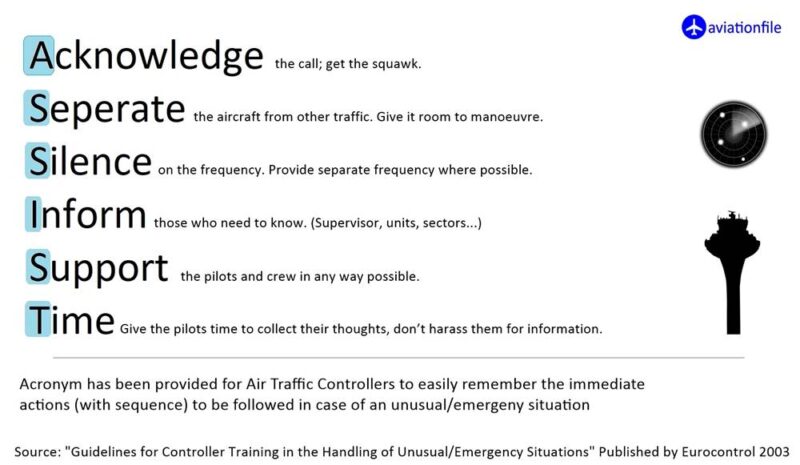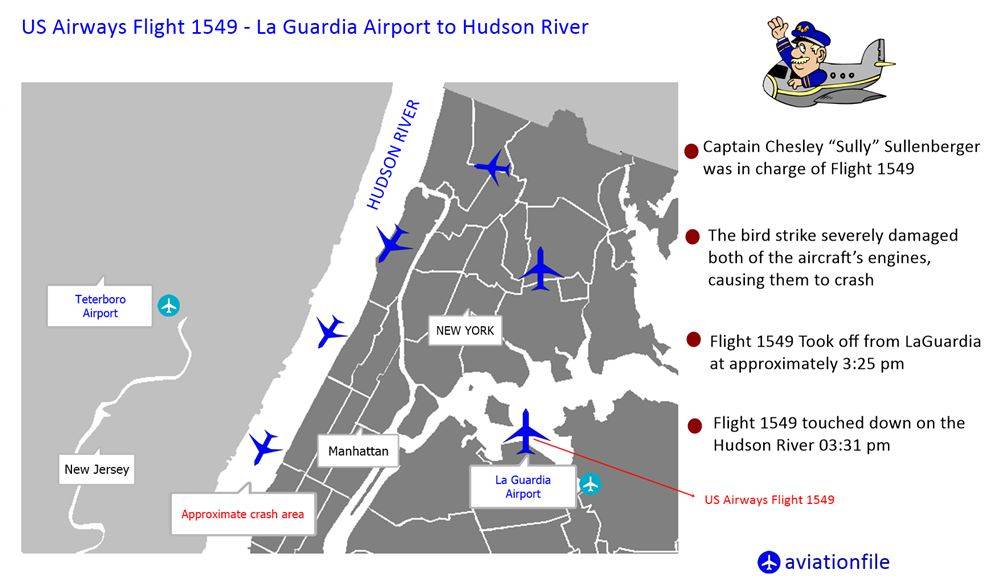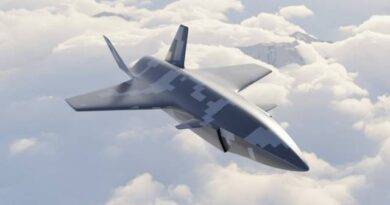Navigating Turbulence: Effective Crisis Management Strategies in Aviation
Crisis management is a vital pillar of the aviation industry, ensuring the safety and continuity of operations in an environment prone to sudden disruptions. From mid-flight emergencies to global crises like pandemics or natural disasters, airlines and aviation authorities are constantly navigating turbulent skies. In this article, we delve into the critical elements of crisis management in aviation, offering insights into preparedness, real-time response, and recovery. These strategies not only safeguard passengers and crew but also help maintain the operational stability of airlines worldwide.
Introduction: Defining Crisis Management in Aviation
The aviation industry faces unique challenges when it comes to crisis management. Unlike many other sectors, crises in aviation often involve immediate risks to human life and require swift, coordinated responses. A crisis can be defined as any event that disrupts normal operations, compromises safety, or threatens the viability of the airline’s business. Examples include mid-flight mechanical failures, security threats, severe weather disruptions, and global health crises such as pandemics. Effective crisis management in aviation is crucial not only for ensuring passenger safety but also for maintaining operational continuity in an industry where delays, cancellations, or mishandled responses can lead to significant reputational and financial damage.
Types of Crises in Aviation
Crisis scenarios in aviation can broadly be categorized into three types:
- In-flight Emergencies
These are unforeseen events that occur while an aircraft is in flight and often require immediate attention. Examples include unplanned landings due to mechanical failures, medical emergencies among passengers, or security threats such as attempted hijackings. Effective crisis management in these scenarios depends on well-trained flight crews, onboard emergency protocols, and seamless communication with other units. - Operational Disruptions
Crises also occur on the ground, affecting the broader network of air travel. Examples include airport shutdowns due to severe weather, strikes by airline or airport staff, and failures in air traffic control systems. These disruptions can lead to massive delays and cancellations, requiring quick, efficient management to minimize impacts on passengers and operations. - Global Crises
Events such as the COVID-19 pandemic, geopolitical conflicts, and environmental disasters (e.g., volcanic ash clouds) can paralyze the aviation industry for extended periods. Crisis management strategies during these events involve coordinating international responses, ensuring public safety, and minimizing economic impacts. The 2010 volcanic ash cloud from Iceland, which caused widespread airspace closures in Europe, is a notable example of how natural disasters can disrupt global aviation.
Core Strategies for Crisis Preparedness
Preparedness is the foundation of effective crisis management. By anticipating potential threats and training staff accordingly, the aviation industry can mitigate the impact of crises when they occur.
- Training and Simulation Exercises
Flight crews, ground staff, and crisis management teams undergo rigorous training to prepare for various emergencies. Simulations of in-flight incidents, such as engine failures or decompressions, help crews practice their responses. Ground staff, including airport personnel and air traffic controllers, also participate in drills to handle scenarios like terminal evacuations or system failures. - Risk Assessment and Mitigation Planning
Airlines and aviation authorities conduct continuous risk assessments, identifying vulnerabilities such as severe weather conditions, cyberattacks, and terrorism threats. Mitigation strategies include reinforcing cybersecurity measures, enhancing airport security, and optimizing aircraft maintenance protocols to prevent mechanical failures. - Resilience in Operations
Building resilience into airline operations involves ensuring that airlines have contingency plans in place for all aspects of the business. This includes maintaining a well-trained reserve crew, robust IT systems, and a fleet management strategy that allows for rapid redeployment of aircraft during disruptions.
Communication During a Crisis
Communication is one of the most critical aspects of crisis management in aviation. Ensuring that passengers, crew, and stakeholders are kept informed during a crisis can make the difference between a well-managed situation and one that spirals out of control.
- Clear, Timely, and Transparent Communication
In the event of a crisis, airlines must quickly communicate with passengers to inform them of the situation, any delays or cancellations, and what steps are being taken to resolve the issue. This involves using multiple channels, including social media, email, SMS, and airport announcements. Transparency is key, as withholding information can damage trust and create confusion. - Case Studies: Successes and Failures in Crisis Communication
One successful example of crisis communication is the handling of the “Miracle on the Hudson” in 2009. After US Airways Flight 1549 made an emergency landing in the Hudson River, clear communication between the crew, passengers, and emergency responders was instrumental in the safe evacuation of all passengers. On the other hand, the poor communication during the disappearance of Malaysia Airlines Flight MH370 in 2014 led to widespread frustration and criticism, illustrating the potential consequences of inadequate crisis communication.

Technology’s Role in Crisis Management
Technology is increasingly playing a pivotal role in improving crisis management capabilities in aviation. From real-time monitoring systems to predictive analytics, modern technologies enable airlines and authorities to make more informed decisions during crises.
- Emerging Technologies
Artificial intelligence (AI), big data, and digital twins are revolutionizing crisis management in aviation. AI can predict potential crises by analyzing weather patterns, traffic data, and maintenance records, allowing airlines to proactively address issues before they escalate. Digital twins—virtual models of physical aircraft—can be used to simulate crisis scenarios and optimize responses in real-time. - Real-time Monitoring and Predictive Analytics
Real-time monitoring systems track the condition of aircraft and flight conditions, enabling quick responses to anomalies. Predictive analytics helps airlines anticipate potential disruptions and reroute flights or adjust schedules accordingly, minimizing the impact of crises on operations.
Recovery and Post-Crisis Evaluation
The aftermath of a crisis is just as important as the initial response. Post-crisis evaluation and recovery efforts ensure that the aviation industry learns from each event, improving its response to future crises.
- Post-crisis Analysis
After a crisis, airlines conduct thorough investigations to determine what went wrong and how their response could be improved. This often involves reviewing communication logs, decision-making processes, and operational procedures. The goal is to identify lessons learned and apply them to future crisis preparedness. - Rebuilding Trust
Passenger trust is crucial to the recovery of airlines after a crisis. Transparency, accountability, and visible improvements in safety and communication are essential to restoring confidence. Airlines that handle crises effectively are more likely to retain customer loyalty, while those that falter may face long-term reputational damage.
Case Studies: Learning from Real-world Crises
Several notable crises have shaped the aviation industry’s approach to crisis management:
- COVID-19 Pandemic
The global pandemic brought aviation to a standstill, forcing airlines to innovate and adapt to unprecedented challenges. The crisis emphasized the importance of flexible operations, health protocols, and international coordination. - Volcanic Ash Cloud (Iceland, 2010)
The eruption of Eyjafjallajökull in 2010 disrupted European airspace for days, leading to the cancellation of thousands of flights. Airlines had to adapt quickly to changing conditions, and the crisis underscored the need for robust contingency planning in the face of natural disasters. - Miracle on the Hudson
When US Airways Flight 1549 safely landed on the Hudson River, the exceptional coordination between the flight crew, passengers, and emergency responders became a model for crisis response in aviation.

Conclusion: The Future of Crisis Management in Aviation
Crisis management will remain a top priority for the aviation industry as the landscape of risks continues to evolve. Emerging threats such as cybersecurity breaches, climate change, and geopolitical tensions will require airlines to remain agile, innovative, and prepared. By investing in crisis preparedness, embracing technology, and fostering clear communication, the aviation industry can continue to navigate turbulent skies with confidence.


